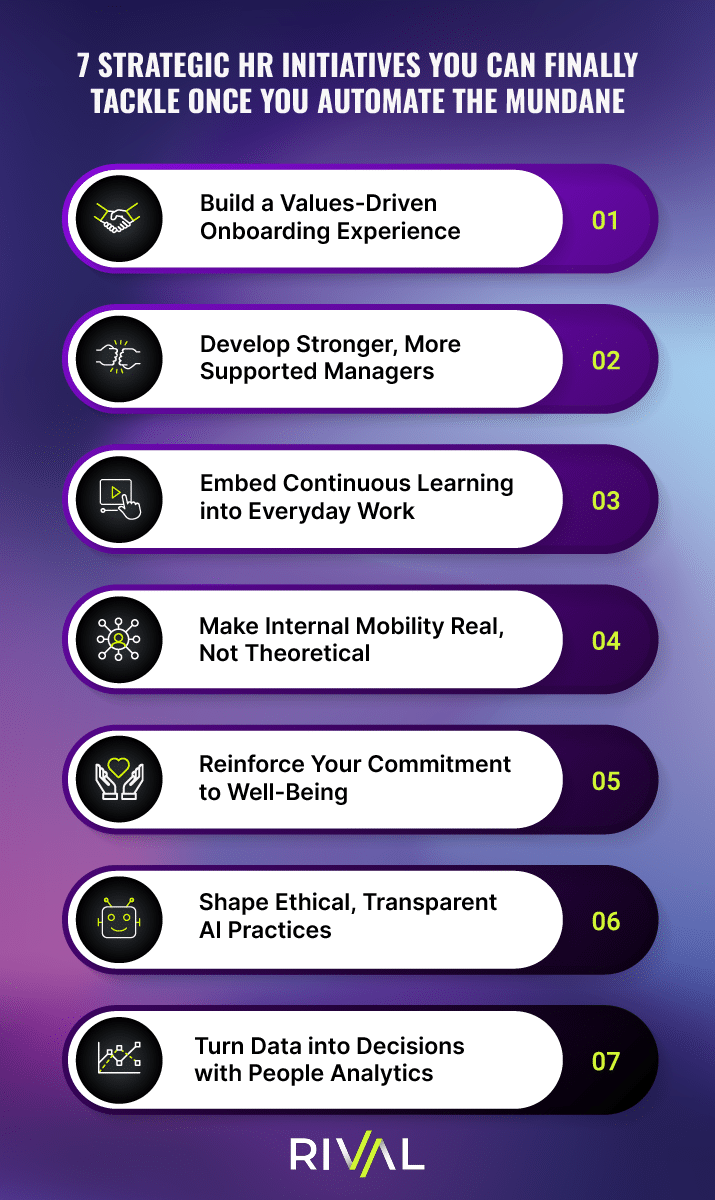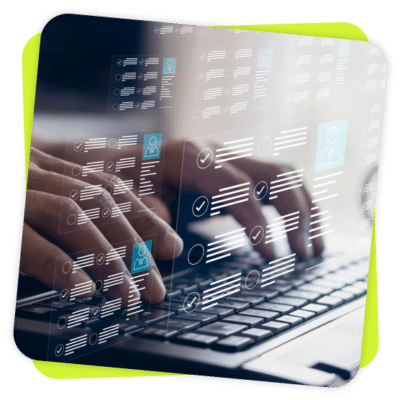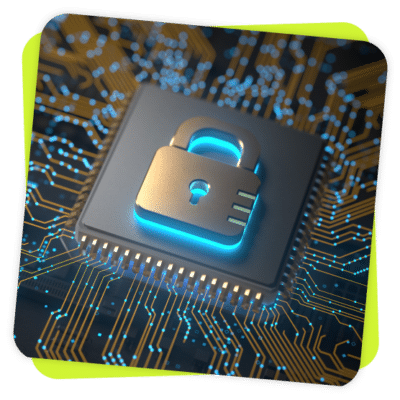7 Strategic HR Initiatives You Can Finally Tackle Once You Automate the Mundane
The pressure on HR to integrate AI and automation into their work has reached an all-time high. According to Gartner’s new report, 2026 Top Priorities for CHROs, the #1 focus for next year is to “harness AI to revolutionize HR.” One of the key actions Gartner suggests to achieve this goal is to hand over basic HR operations to AI agents.
What a lot of the hype around AI and automation misses is the benefit for real humans—all of the strategic work HR can focus on when we’re not running around chasing forms, pulling data, and managing requests. Work like building trust. Empowering managers. Nurturing culture.
As Harvard Business Review points out, culture change doesn’t come from a new slogan. It comes from system change. AI and automation will not only make work faster; they’ll help you redesign the systems that shape employee experience.
Let’s dive into seven initiatives you can finally prioritize once the tactical work takes care of itself.
1. Build a Values-Driven Onboarding Experience
Manual onboarding involves a flurry of administrative tasks—forms, back-and-forth emails, nudging IT for equipment set-up. But with the right automated journeys, you can “set and forget” that repetitive work, like scheduling check-ins and introductions and nudging IT for access and equipment set-up.
That leaves you with more space to curate culture-building activities in the new hire’s first 90 days. Here are some ideas:
- Connect to your purpose: Set up small group sessions with your founder to help your new hires understand your values and company origin.
- Team building: Test out an onboarding breakfast or lunch and be intentional with a regular cadence of buddy and manager check-ins.
- Engagement activities: Set up Slack/Teams intro threads and give them company swag that they’ll actually use (things like a portable charger or keyboard cleaner).
All of those moments add up to a more human onboarding experience that embodies your values before day one. Even better, you spend less time chasing tasks and more time creating connections.
2. Develop Stronger, More Supported Managers
According to Gallup, managers account for at least 70% variance in employee engagement scores across business units. And yet most managers were never given the tools to do the job well—to motivate their team and bring out the best in their people.
Automation can help close the gap with journeys that:
- Schedule regular 1:1s and feedback sessions
- Trigger short pulse surveys after key milestones
- Nudge managers to recognize achievements and check in after workload spikes
When these touchpoints are automated, HR can shift from reminding managers what to do to spending quality time coaching them on how to lead. Here are some ideas to get started:
- Design a leadership cohort: Group new managers into cohorts that meet monthly to share challenges and learnings.
- Create a coaching toolkit: Create conversation guides and meeting frameworks managers can use with their teams.
- Recognize great managers: Shine a spotlight on managers who are putting the work in to develop their people and living your values.
3. Embed Continuous Learning into Everyday Work
Traditional learning programs often happen in bursts—semi-regular workshops or occasional classes. But true growth happens when learning is a mindset employees are encouraged to embrace every day.
That’s where automation comes into play. Make learning contextual by:
- Triggering micro-learning modules after promotions, performance reviews, or project completions
- Automatically enrolling new managers in leadership programs
- Sending reminders when certifications are due
When these nudges are happening seamlessly in the flow of work, HR can focus on creating deeper learning experiences that actually build new capabilities across the organization.
Here are some areas to focus on:
- Establish learning paths: Map skills and certifications to each role family so growth feels like a continuous journey.
- Launch a peer-learning program: Pair employees with complementary skills to share knowledge.
- Measure learning impact: Look at engagement and development data to determine which learning programs are performing best.
4. Make Internal Mobility Real, Not Theoretical
Most organizations say they support internal mobility. But if employees actually move into new roles, it’s more random than intentional. Opportunities aren’t communicated and employees assume they have to leave to advance their career.
You can use automation to make internal mobility more transparent and equitable by:
- Notifying qualified employees when relevant roles or projects open
- Automating compliance workflows for moving between teams (i.e. paperwork, gathering certifications, any new security clearances, etc.)
- Embedding training opportunities into daily workflows for upskilling to different roles
- Tracking performance metrics to identify high performers for internal opportunities
- Tracking internal moves to identify bottlenecks or bias patterns
Taking the logistics off HR’s plate gives more space to design clearer career pathways that boost retention and engagement. Here are some examples:
- Create an internal marketplace: Post about projects or roles employees can apply for. (Tip: You can use Rival for this too!)
- Educate managers: Give them the language and context for encouraging their employees to pursue opportunities within the organization.
- Redesign career frameworks: Help employees understand how they can advance laterally, not just vertically.
5. Reinforce Your Commitment to Well-Being
Perks don’t fix burnout. A yoga class or meditation app won’t make a difference if your employees are still being over-worked or stuck with slow processes.
What can improve well-being are better HR systems. Automation can remove friction points to:
- Streamline PTO requests and approvals
- Simplify flexible scheduling and shift swaps
- Flag potential workload imbalances automatically
- Track manager wellness check-ins
When daily processes run smoothly, you build trust with your employees. And with less time spent on admin triage, you can finally see above the trees—improving resource planning and preventing burnout in the first place. Here are some areas to explore:
- Run a workload audit: Work with leaders to understand work allocation and redistribute where needed.
- Create a VTO program: Give employees time during the workday to give back to their community and volunteer for a cause they’re passionate about.
- Train managers on boundary setting: Outline your expectations around healthy work habits.
- Measure and share outcomes: Track things like PTO usage, burnout indicators, and meeting loads to understand how you’re progressing.
6. Shape Ethical, Transparent AI Practices
As AI tools become more embedded in the employee experience—from recruiting to performance management—how you use them speaks volumes about your culture and your values as a company.
Automation frees up time for HR to take a thoughtful, governance-driven approach:
- Establish clear guardrails for data privacy, bias mitigation, and transparency
- Involve employees in how AI tools are selected and evaluated
- Communicate openly about where automation supports people
Responsible AI adoption builds trust and demonstrates that you’re using technology to do better work, not threaten it.
7. Turn Data into Decisions with People Analytics
Once the tactical work runs itself, HR can finally focus on insights. Rather than reporting on last year’s data, you can move from reactive to proactive workforce planning strategies.
Automation connects your data—engagement, performance, learning, and retention. Patterns emerge that allow you to:
- Spot bottlenecks in the onboarding process to reduce 90-day attrition
- Track how learning impacts performance
- Flag compliance risks before they become major issues
- Identify skill gaps and forecast future needs
Informed decision-making is the type of work that transforms HR into a strategic function that’s essential to organizational success.
Closing Thoughts: Fix the System and Uplevel Your Strategy
HR spent years asking for a seat at the table. Now with AI and automation handling repetitive, mundane tasks, you can finally get to work on initiatives that give you something meaningful to say once you’re there.
Review the seven initiatives outlined in this article. Take inventory of the tasks and steps that are still draining time and resources on your team. Explore how automation could take that busywork off your plate and get excited about all the ways you could reinvest that time in high-impact work.
Ready to see how automation can help you design smarter systems? Explore how Rival simplifies workflows, connects systems, and frees HR to focus on what matters most.



















